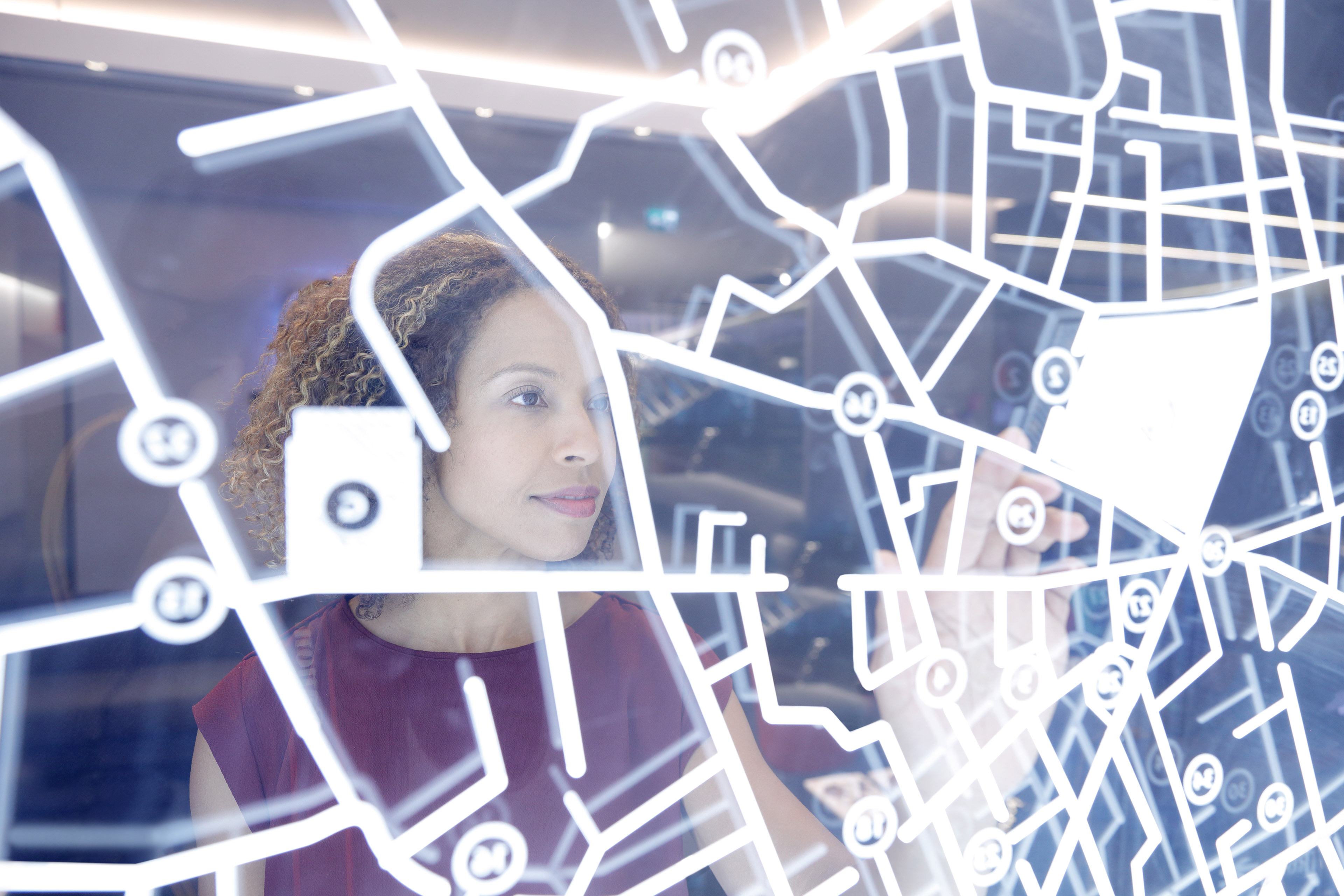EY refers to the global organization, and may refer to one or more, of the member firms of Ernst & Young Global Limited, each of which is a separate legal entity. Ernst & Young Global Limited, a UK company limited by guarantee, does not provide services to clients.

The human-tool teamwork can not just enhance customer experience, but also allow humans to focus on areas where they can provide superior value.
In brief
- AI is far more than an automation and data insights tool, and organisations which understand that will be those who make best use of it.
- AI tools can support humans to perform better in even the most demanding and highly skilled roles.
- Augmentation of human capabilities will offer a far clearer and better pathway to value generation.
We may well come to look back on 2023 as the year of artificial intelligence (AI). AI-related stocks attracted huge inflows of capital and public consciousness of the technology reached an all-time high. Those developments didn’t necessarily reflect genuine advances in AI technology. Instead, they were likely the result of the hype surrounding the release of ChatGPT and other large language models in late 2022 and the early part of 2023.
Of course, there have been some technological advances including the growing power of cloud computing which is supporting the creation of the deep neural networks that allow AI to work in much the same way as the human brain. More niche developments such as transformer technology – the T in GPT (Generative Pre-trained Transformers) – have also been important as they help the large language models to prioritise what is important and what is not.
Most importantly, the increased awareness has led organisations across the globe to consider use cases for the technology. This has caused a degree of alarm with some commentators expressing concerns in relation to potential widescale job losses.
Humans-first approach is here to stay
These fears are mainly based on the automation enabling qualities of AI. This is nothing new and we have seen the same concerns in relation to every other wave of automation in history. However, in each case the new technology had a net positive effect on labour markets.
A prime example is the sewing machine that caused uproar in the textile industry because of the ability to produce the same amount of clothes with say about 10% of the people. Naturally, people in the industry feared for their jobs. But market forces intervened and showed lower costs delivered by more efficient production drove higher demand that resulted in the creation of even more jobs than had existed before the introduction of the technology.
While AI can enable automation, that is not what the technology has been designed for. At present, it’s being used in two main ways – to derive insights from basic data and turn it into useful information and to automate certain tasks.
ChatGPT can be viewed as an automation tool because it’s a chatbot that can automate conversations and within that automates other tasks. Similarly, AI powered computer vision can take handwriting and turn it into searchable digital text.
AI may be good at getting rid of tedious manual tasks and getting
insights which may have been hidden from us, but its outputs still
require human oversight at the process level which these
automated tasks are a part of.
Farsighted businesses to rely on human-tool teamwork
Seen in this light, the true power of AI probably lies in its ability to augment human effort and brainpower rather than attempting to replace it through automation.
In this respect, it’s important to distinguish between automation and augmentation. While automation focuses on removing the job from human hands, augmentation focuses on enhancing human ability by utilising technologies to create tools that either enable us to do things better or provide us with the ability to do things which we were never able to do before.
Automation has traditionally been employed as a cost cutting measure, but organisations are now focusing much more on business growth and customer experience. Augmentation speaks to that agenda.
Many organisations will, therefore, not seek to automate jobs because they don’t see the value in doing it. The loss of the human touch will simply be too great a price to pay whereas the value of the human involvement can be enhanced by AI if used properly.
Farsighted businesses are focusing on that added value.
At the other end of the spectrum are those roles that have been described as “warm hands” – nurses, doctors, and other medical professionals. Role of nurses are not going to be automated – not only because it is a job which is difficult to automate, but also because the value of the job is in the nature of it being human care.
There are few roles left in modern businesses that lend themselves to full automation after more than two centuries of technological innovation. Augmentation will offer a far clearer and better pathway to value generation.
Summary
AI has the potential to automate many workplace tasks, but this is probably not the best use case for the technology. Utilising it for those activities that it can perform better than humans and allowing the humans to focus on those areas where they are superior has the potential to deliver real competitive advantage. Augmentation will deliver superior results to automation in almost every case.
Related Articles
The CFO, the Finance Function and the Future: How AI will drive impact
How finance teams embrace AI will have a wider impact on business growth and development. Find out how AI will shape the role of the CFO and the finance function now and in the future.






